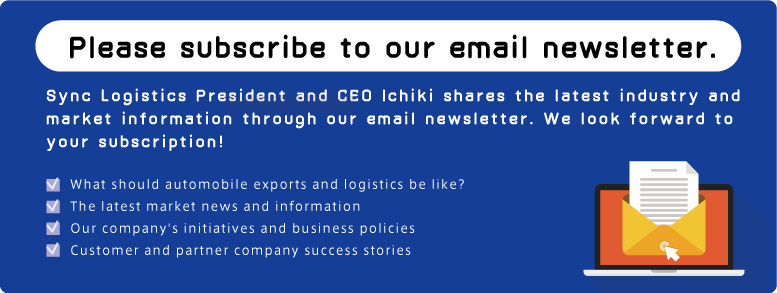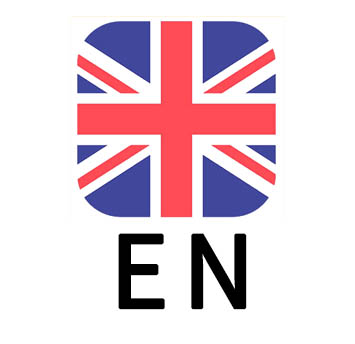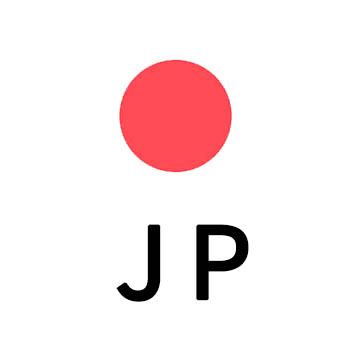
Business Policies for 2022
Hello, I’m Ichiki of Sync Logistics.
I would like to share with you our company’s business policies for 2022.
■Double Domestic Stockyards
Since 2020, the number of vehicles handled in Japan has been decreasing, which has led to shrinking domestic stockyards. Exporters are downsizing their own yards, and forwarders are returning land they have leased from port authorities and cities. Moreover, the closure of other companies in the same industry has been painful, and it has also been a reason why the number of yards that can export used cars from Japan has decreased compared to 2020.
On the other hand, since last year, the average storage period for export vehicles has gotten longer due to a lack of ship space. In addition, ocean freight rates have increased, and coordination with local consignees have become protracted. As a result, there is a heightened need for expanded storage space in yards.
For work efficiency at the yards, we have strategically adopted a method of operating many small yards, and we plan to greatly increase the number of yards this fiscal year. Depending on the location, we may even be able to build services for a yard that can handle about 100 vehicles, so please tell us if you hear of a site that may soon emerge near a port.
■Vessel Chartering Service (Enhanced Freight Forwarding)
To respond to significant increases in ocean freight rates since last year and a shortage in ship space, we will focus on vessel chartering services this year. We also plan to proactively open new routes for our existing services. In particular, we regret the many inconveniences we caused due to the railroad situation in China and empty containers, so we will take measures to provide stable services.
Also, because of a stagnation in imports of semiconductors and wire harnesses used in the electrical wiring of cars into Japan in 2021, there was slow growth in new car production during the year. However, even though the situation has improved and new cars are being produced at a rapid pace, we believe that in the first half of 2022, space on RORO vessels for used cars will be tight. Annual vehicle exports from Japan comprise approximately 4.8 million new cars and 1.2 million used cars, with new cars about four times more than used cars. As more new cars (which account for a large proportion) are exported, ship space allocated for used cars is expected to shrink. Just like last year, we recommend that you proceed with shipping even at slightly higher freight rates, and inform buyers in advance of the shortage in ship space.
■3PL Services
Our 3PL services consist of all aspects of exporting used vehicles except purchasing and sales. These services allow shippers to focus on essential commercial distribution, thus increasing the number of vehicles exported, and promoting the growth (success) of everyone involved in vehicle exports,
We are currently part of a consortium for a trade platform led my NTT Data called TradeWaltz. Compared to European or American import/export procedures, it is said that man-hours for Japanese import/export procedures are 37 times longer.
The reason for this are the many obstacles in Japan such as the ones below.
- The exhange of information in the Japanese shipping industry is still paper (fax) based.
- Oftentimes, systems are created to fit the work flow, instead of adapting the work flow to systems.
- Regional differences exist in the definitions of shipping terms and shipping rules, making standardization difficult.
We believe that the most realistic way of solving these difficult issues and ensuring the success of everyone in the vehicle export industry is for the forwarder to be at the forefront of shipping and to be one step ahead of such issues.
It is said that used car exports will peak in the next 8 years, so maximizing the number of vehicles exported from Japan is our most important mission for the 2020s.
We look forward to working with all of you again this year.
Thank you for your time.







